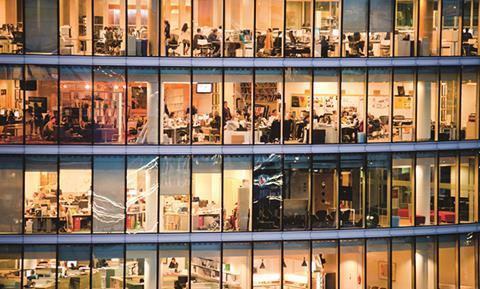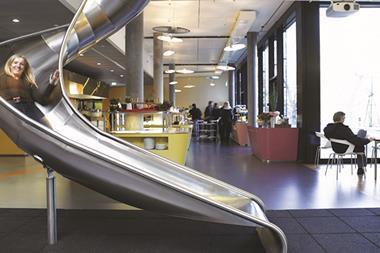With four generations in the workplace for the first time, it is now more important than ever that the physical office environment is able to accommodate different working styles.

Baby-boomers are working alongside millennials, who can be up to five decades younger, and this age span must not be overlooked in workplace design.
Anticipating the needs of the tech-savvy fifth generation soon to join the job market could make the challenge even more complex.
If organisations are successful in showing that their workplace appeals to all four generations, it can be used as a tool to attract and retain staff.
But weaving the needs of all ages into the workspace while considering the expectations of the next raises a number of challenges.
Knowledge-sharing & social spaces
Moving away from the typical static office environment driven by presenteeism is key. The stereotypical 20th-century office layout, comprising rows upon rows of individual desks and cubicles, will soon be a thing of the past.
Advancements in technology, remote working and greater flexibility in terms of hours mean the way employees perform their jobs has changed.
Neighbourhoods can be allocated to teams so that they work both as knowledge-sharing and social spaces, with a combination of workstations, meeting rooms, quiet spaces and collaborative areas.

Agile working and desk sharing in a neighbourhood-based environment works well for the majority of people and is often better for employees than hot-desking.
Importantly, the link between employee wellbeing and the built environment must not be overlooked. Many responsible organisations recognise the importance of keeping employees safe, but the same focus is not given to keeping them well.
While the wellness of workers is not entirely the organisation’s responsibility, those that fail to prioritise wellness in design terms will lose talent and potentially face bottom-line repercussions.
Workspaces are designed to last for years but the companies within them can change around every 18 months. Recognising the importance of different working styles in workplace design is key to creating working cultures that encourage creativity, support wellbeing and increase job satisfaction.






























No comments yet